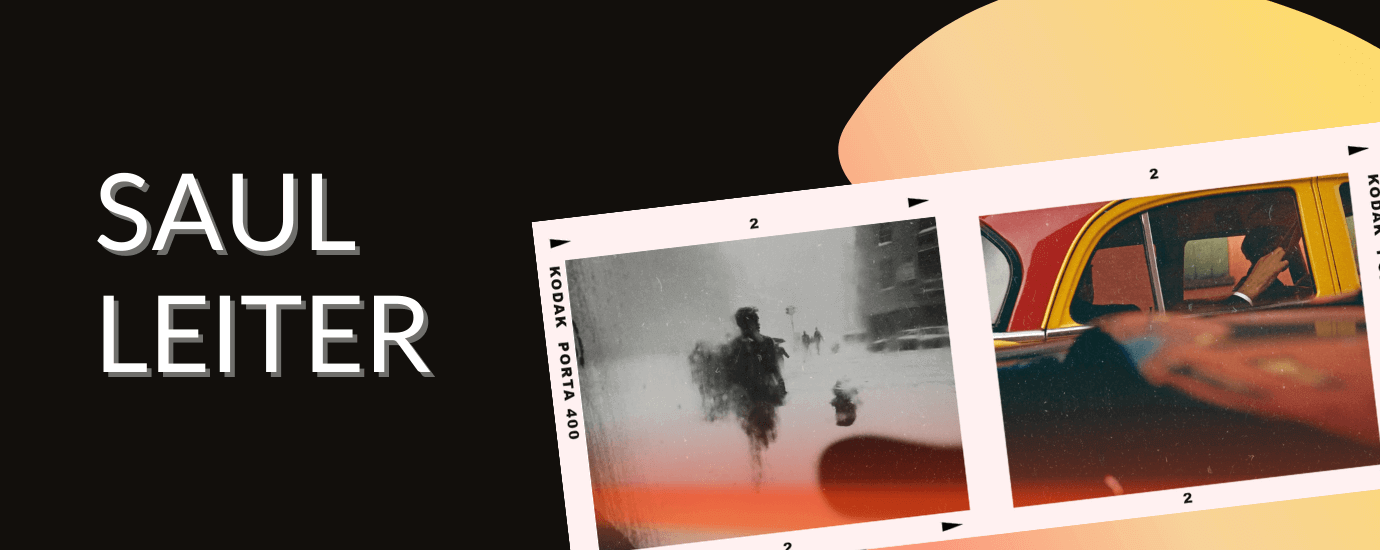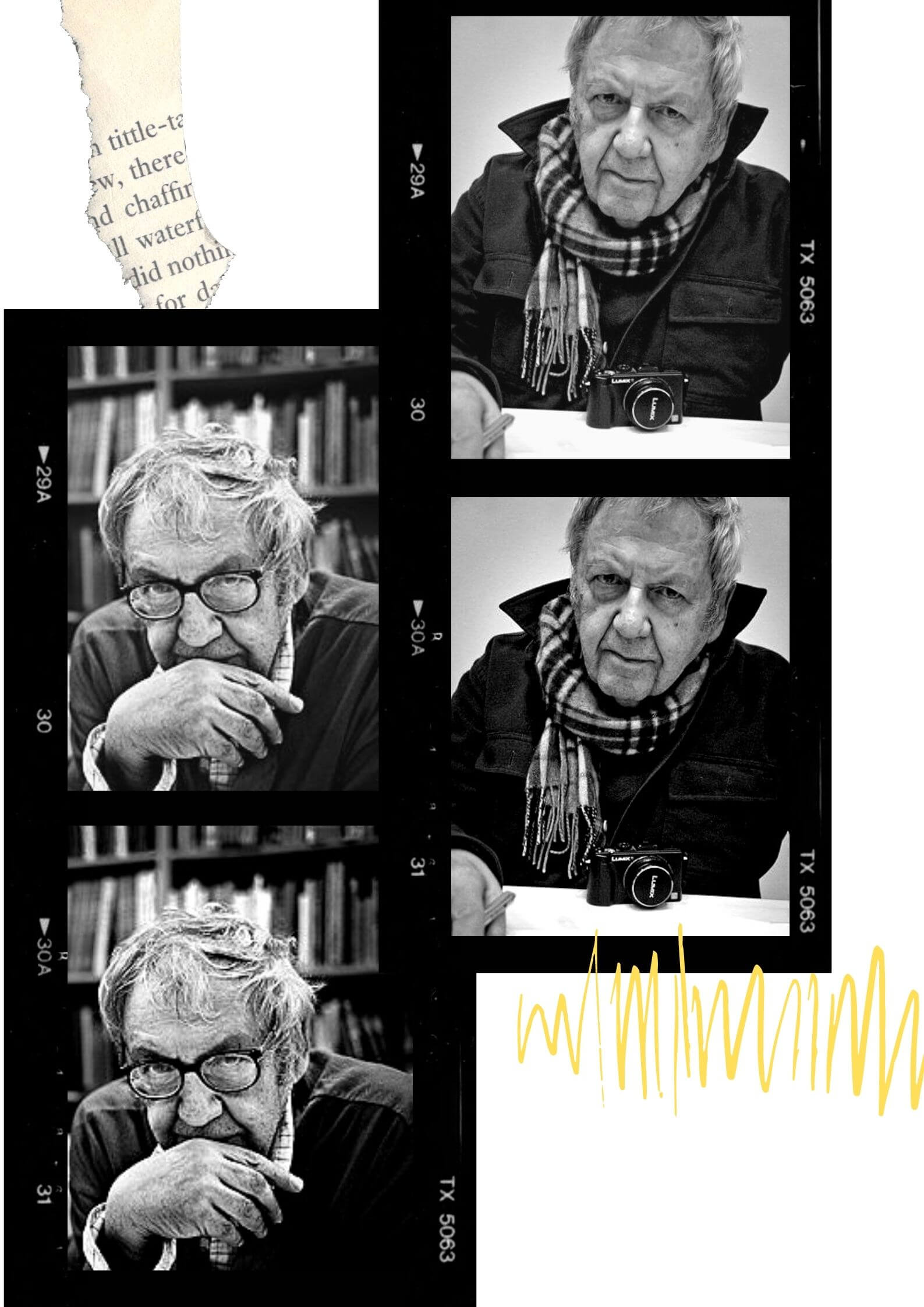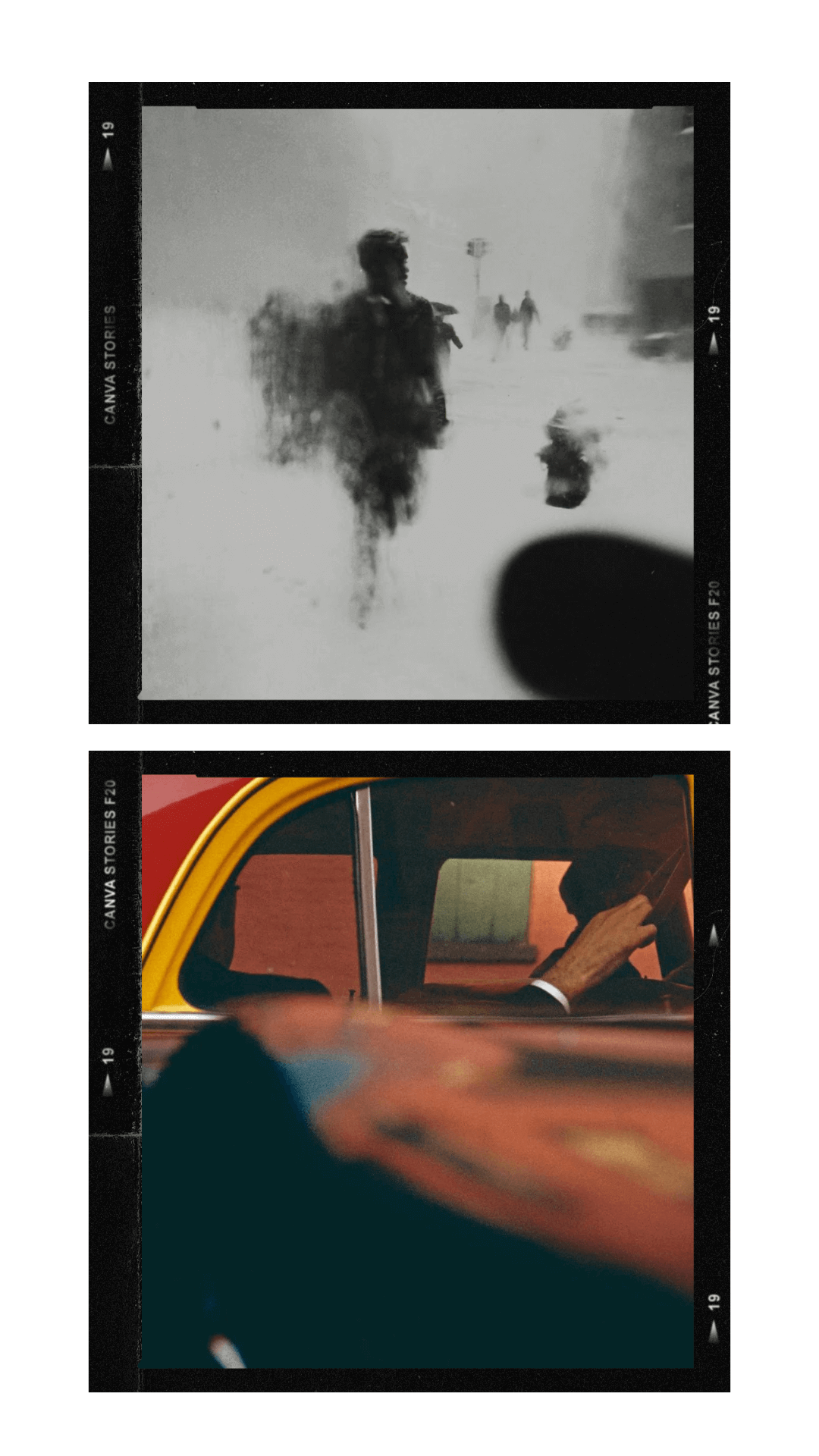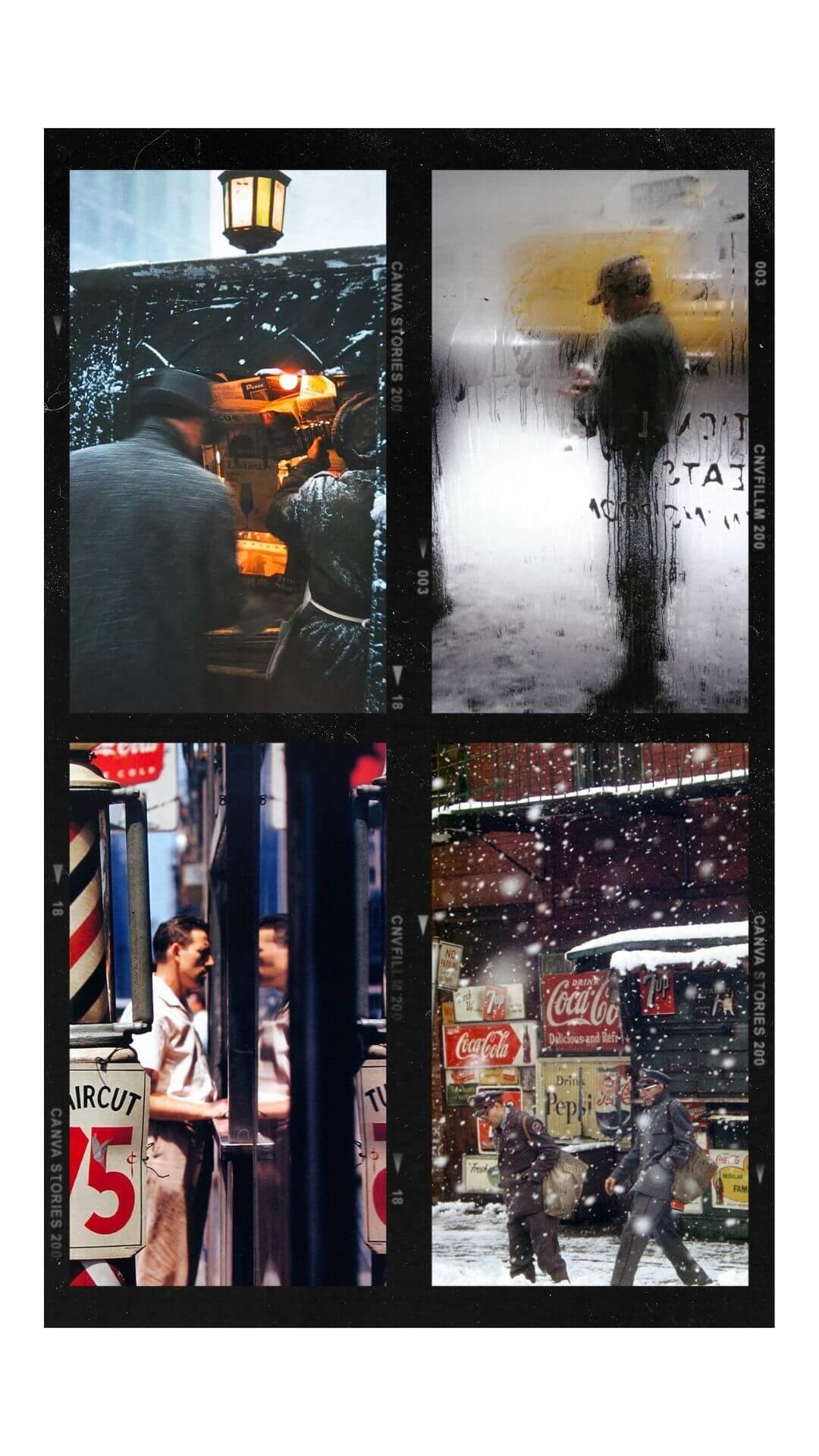The Saul effect
- 11/05/2021
Discreet artist painter, street photographer and genius precursor, Saul Leiter has enjoyed success belatedly in the heart of the nineties.
His photographic colored works from 60s and 70s in the streets of New York have been ignored for a long time, Saul Leiter having chosen silence and discretion while, at the same time, the critics neglected the color on photos, up to judge it vulgar.

This one, rabbi of his condition, hope the same faith for his three sons.
Two only will take this route, while Saul, who opened his eyes on the world in 1923 in Pittsburgh, will turned himself from that.
"When I was 13, I stopped believing in God, I became impossible. But I understood that I had to choose between pleasing him or please me."
An artist son, shame is such that, for his first exhibition, the father cried.
Refusing the role of "professional Jew" that was imposed to him, Saul Leiter left the theological school, moved to New York and began to frequent the Abstract Expressionists, as the one who will become his friend, Richard Pousette-Dart.
He paints mostly small formats, often abstract, exhibits without much success aside of Willem de Kooning or Philip Guston and covers exhibitions in the Big Apple.
COLOR IS VULGAR
When he is not painting, Saul Leiter takes photos of his neighborhood.
As color printing is expensive, he simply broadcasts his projection slides at home with of a group of friends "At the end, we applauded each other."
The compliments of his close friends remain the only good ones he got because nobody else was interested in the work of Saul Leiter.
In the 50s, the trend is photojournalism and documentary image in black and white.
The color is associated to glossy magazines and advertising, the great Walker Evans even says that "this is vulgar".
Became fashion photographer at harper’s Bazaar for a living, in his studio in Downtown Manhattan, Saul Leiter does not matter and is still working again and again on color and on the particular framings.
For nearly forty years, he walks through the streets of New York and, in a painter's approach, he captures his subjects with specific tones shots and with a misty and delicate blur.
He "paints" subjects mocking the established rules, he makes fun of framing, of plans and of depth to let the viewer look be diluted in the different levels of his photos.
His color slides are stacked in boxes, moldy, burn and disappear over time...
THE LATE SUCCESS
Indifferent to the fame, Saul Leiter is a septuagenarian who never really join the game and who refuses to answer journalists seriously
"I do not know how I made such a picture at a particular time or why. I do not know if I have succeeded in what I wanted:
I never knew what I wanted to do !
(...) One day, I was bored. I took a color film roll. I photographed.
Then, I received a small box with slides, and I liked what I saw.
I thought it was interesting.
I've always been attracted by color photography, even when she was not fashionable."


Dead at the age of 89 in 2013, he left to posterity thousands of pictures and a quote that perfectly defines the man he was "I spent much of my life to be ignored. I have always been very happy as well. Being ignored is a great privilege."
YOHANN GLOAGUEN, MAN OF ART
Self-taught, Yohann Gloaguen embarked in audiovisual production after his studies.
He goes through the big cities of the world and logically began photographing the places he passes through seeking to capture the atmosphere that emanates from it.
Captivated by the urban life scenes, the artist is "always looking for the magic of the moment."
Admiring the artworks of Saul Leiter and Tony Soulié, he works exclusively with black and white photos printed on aluminum by enhancing it with colorful touches that emphasize some visual elements.
His drips made from inks and vinyl paintings or stained glass offer new perspectives to read his artworks.
THE NEO-COLLECTOR'S GUIDE
Everything you always wanted to know about the art market but were afraid to ask!
The art market often appears to be a domain reserved for a privileged few...
This is not true: accessible to all, the art market is only waiting for its new collectors.
For those who still have a doubt :
Here are the answers to the questions commonly asked!
What is a work of art?
What is the purpose of art?
What is the purpose of a certificate of authenticity?
What should you look out for when buying a work of art?
















